Do lees ageing and batonnage give the same result in a wine...?
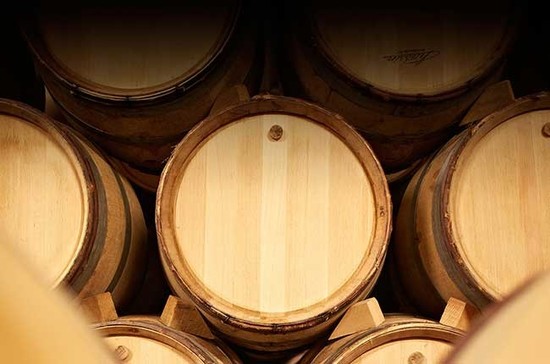
John Guthrie, from Edinburgh asks:
Do lees ageing and batonnage (stirring the lees) give the same result in a wine, and is batonnage just a faster way of achieving that?
Jean-Charles Thomas, is the winemaker for Maison Louis Latour, replies:
Yes, the two processes give pretty much the same result – it’s essentially a stylistic choice.
The lees (the dead yeast cells) enrich the wine with mannoproteins, which help with tartrate stability and may mean less need for the wine to undergo cold stabilisation. The reductive nature of the lees also provides some protection against oxidation too.
No or very little batonnage is practised at Maison Louis Latour as we don’t feel it is needed in our wines. With about 10cm of lees in each tank, the mannoprotein enrichment and protection against oxidation occurs naturally on its own.
Wines that have been aged on their fine lees or had batonnage taste similar, though the latter gives a more distinct character. The processes enhance a wine’s yeasty flavour, make the mouthfeel rounder and can also balance any overly fruity notes.
Translated by ICY
All rights reserved by Future plc. No part of this publication may be reproduced, distributed or transmitted in any form or by any means without the prior written permission of Decanter.
Only Official Media Partners (see About us) of DecanterChina.com may republish part of the content from the site without prior permission under strict Terms & Conditions. Contact china@decanter.com to learn about how to become an Official Media Partner of DecanterChina.com.

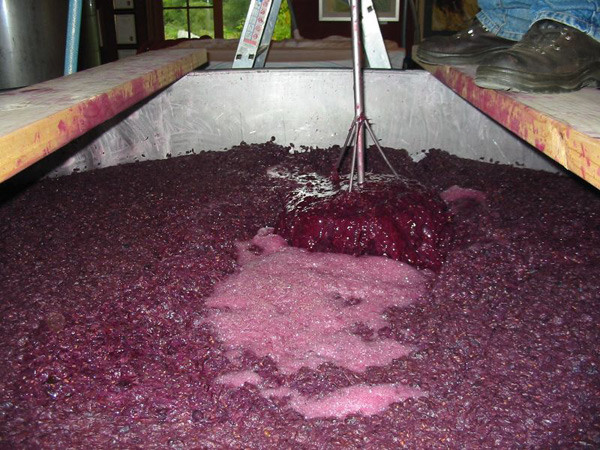
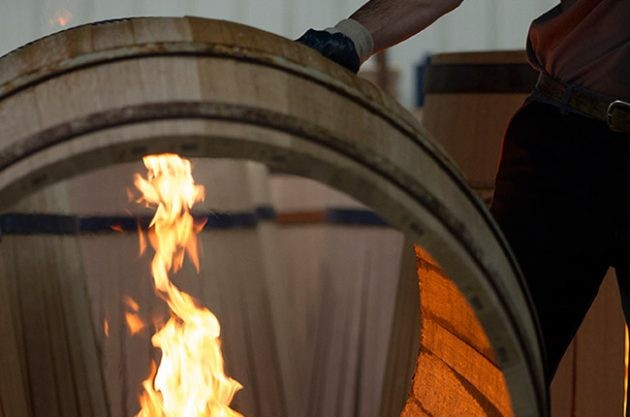
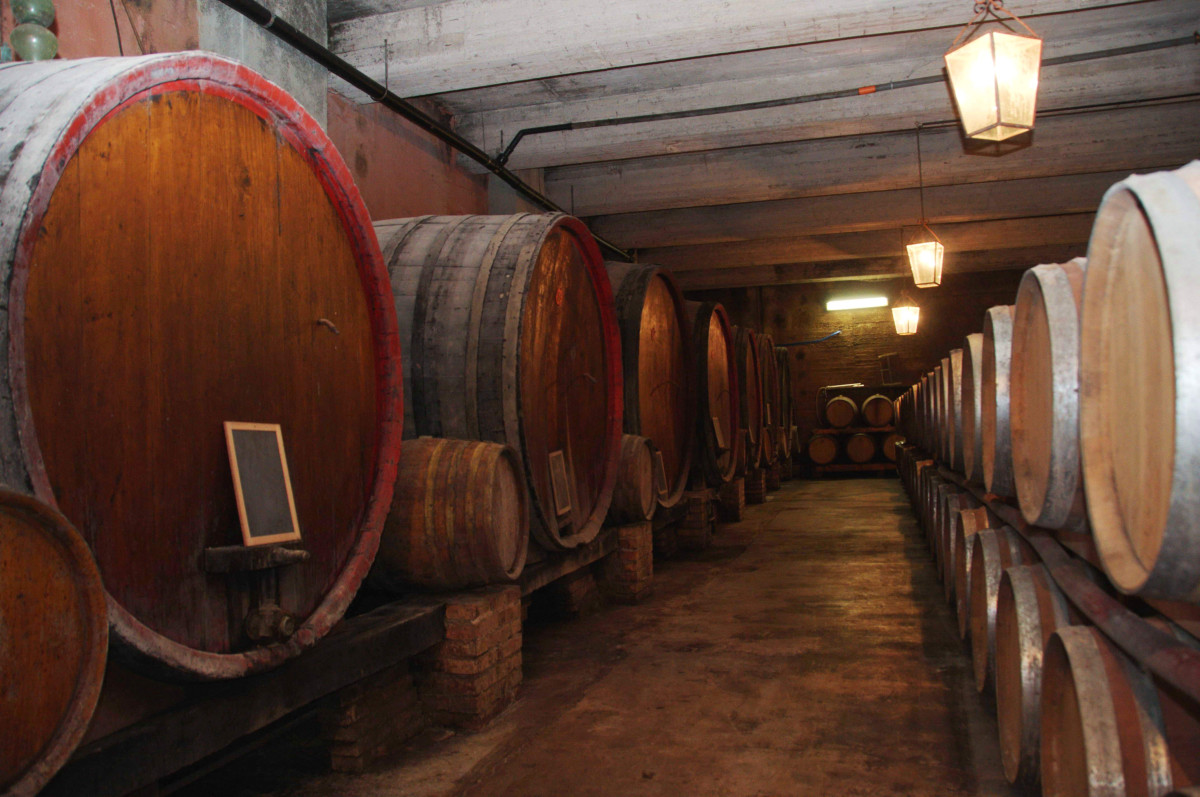
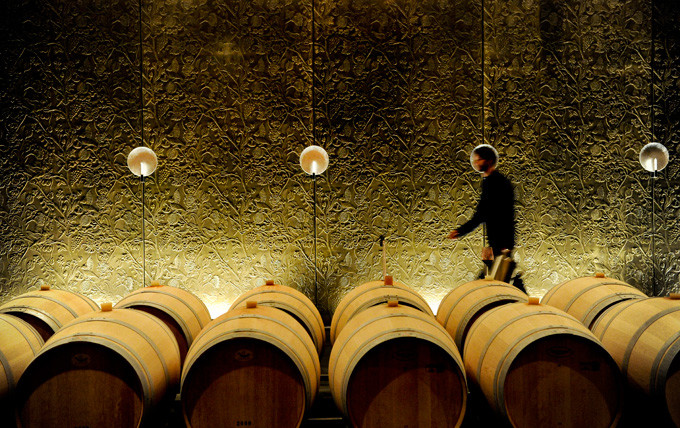

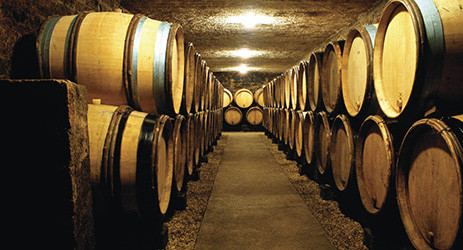
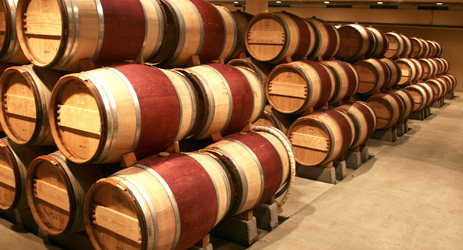
Comments
Submit